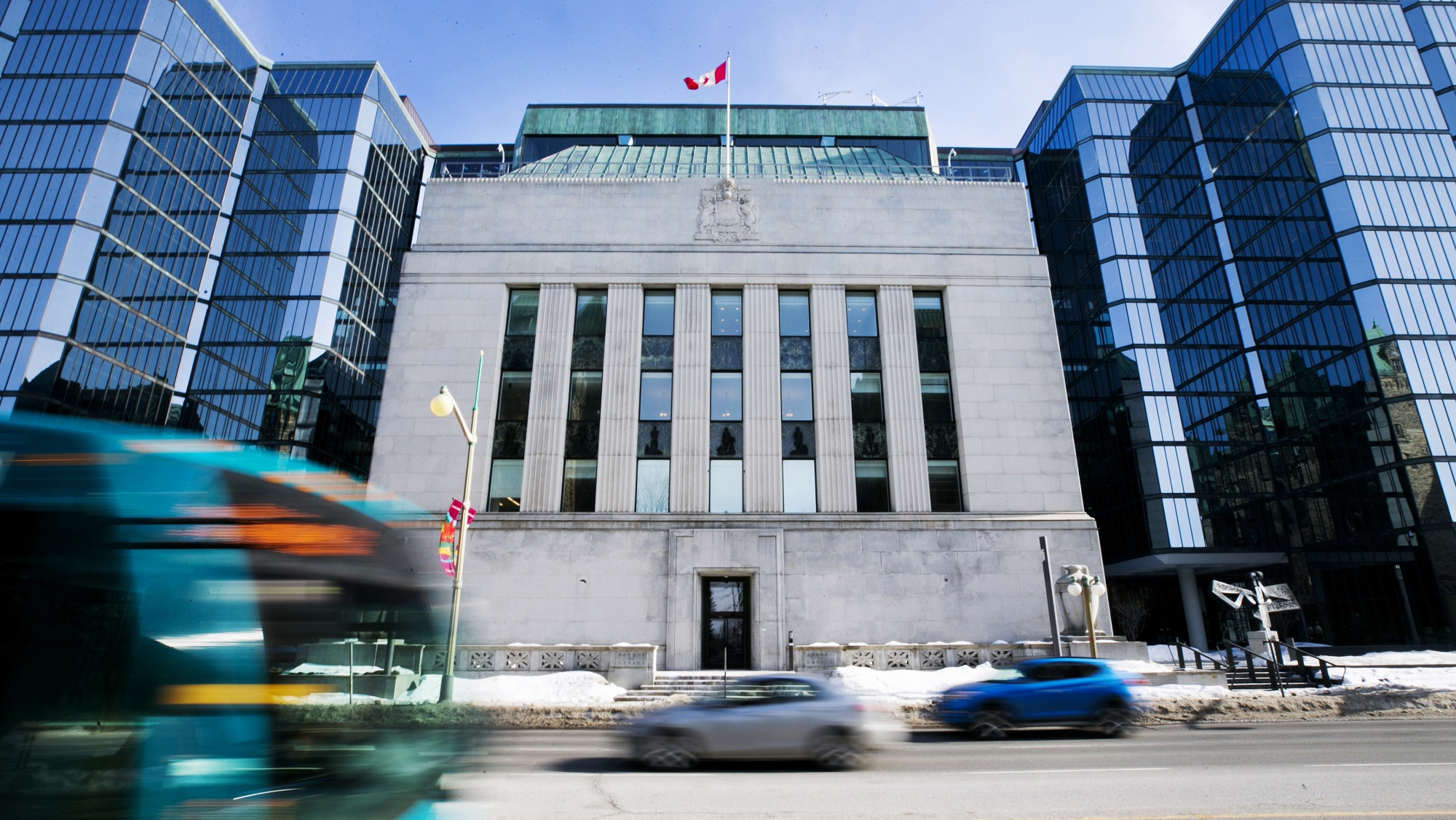Jul 9, 2019
Bank of Canada's Poloz likely to rebuff global easing trend
, Bloomberg News
'Day of reckoning' will come: Bank of Canada expected to keep rates steady but lift forecast
A strong run of economic data is affording the Bank of Canada an opportunity Wednesday to resist any dovish turn in global monetary policy.
Policy makers will keep the benchmark overnight rate at 1.75 per cent in a decision at 10 a.m. in Ottawa, according to all 25 forecasts in a Bloomberg survey. That would mark a sixth straight pause by the central bank since it last raised borrowing costs in October, and most analysts predict rates will be on hold indefinitely.
Whether the Bank of Canada will be compelled to match -- at least in part -- future rate cuts by the Federal Reserve is one of the big questions for investors. All eyes will be on the rate decision statement for signs the Canadians are willing, even with the stronger domestic numbers, to entertain the idea of loosening policy amid a weakening global economic outlook, cuts elsewhere and a strengthening currency.
“While Canada is clearly facing different circumstances than the U.S., there’s a limit to how far the Fed can cut before the Bank of Canada is forced to follow suit,” Benjamin Reitzes, an economist at Bank of Montreal, said in a note to investors. “For now, this is not an issue as the Canadian data have had a solid run.”
The Bank of Canada will also release its quarterly economic forecasts Wednesday, followed by a press conference at 11:15 a.m. from Governor Stephen Poloz and Senior Deputy Governor Carolyn Wilkins.
Policy rates in the U.S. have been above those in Canada since the end of 2016. That’s the longest stretch in at least 25 years and reflects a growth divergence between the two countries as Canada grappled with slumping oil prices.
WEIGH IN

Which of these should be the Bank of Canada’s biggest worry?
Market pricing suggests the rate gap will soon close, as aggressive cuts by the Fed aren’t matched by the Bank of Canada. Poloz’s reluctance to talk about loosening policy is strengthening that view. The result is Canada may end up with the highest policy rate among advanced economies within 12 months.
The Case to Hold
While the Canadian economy stalled over the winter, recent data show a stronger rebound than anyone expected. That’s partly due to a recovery in the oil sector that propelled second quarter growth to near 3 per cent, versus the Bank of Canada’s forecast for 1.3 per cent. Canada is the only Group of Seven country to have experienced a marked acceleration last quarter.
Adding to the divergence story, price pressures are stronger in Canada, with underlying inflation holding close to the central bank’s 2 per cent target for more than a year. Canada’s Citi Economic Surprise Index is riding the biggest gap against its U.S. counterpart since 2008.
Whether Canada can maintain its economic momentum into the second half, given rising trade tensions and the weakening global outlook, is another matter. How the central bank integrates these risks into its economic forecasts -- largely through its projected impacts on business investment and exports -- may provide the best insight into how Poloz is thinking about policy.



